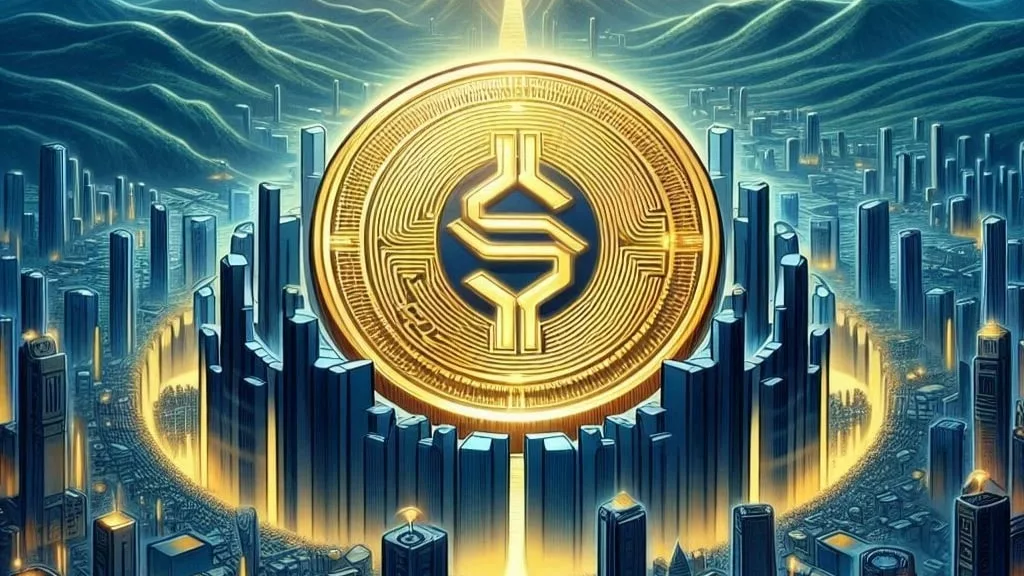
The Solana Foundation has introduced it will reduce support for approximately 150 validators, a move that aims to encourage more self-reliance and bolster decentralization within its network. This decision, which is part of the broader Solana strategy to move away from centralized validator support, has drawn mixed reactions across the crypto community, particularly from smaller operators who might face challenges under the new guidelines.
The main change comes from the Solana Foundation’s decision to cut backing for validators that hold less than 1,000 SOL in external stake. This policy could directly impact as many as 150 validators, which form part of the roughly 900 validators that rely on the Foundation’s Delegated Program (SFDP) for staked SOL. The SFDP, a program that helps bolster validator operations, had been designed to encourage smaller validators but will now gradually be reduced to help promote a more decentralized network.
Solana Foundation’s decision, introduced on April 23, 2025, has caused some division. Mert Mumtaz, the founder of Helius Labs, a key Solana developer support group, called the move “extremely bullish,” seeing it as a necessary step for the ecosystem’s growth. Mumtaz’s comments reflect the idea that reducing centralized support will foster independence and make the network more resilient and decentralized in the long run.
However, not everyone shares Mumtaz’s optimistic view. Critics warn that removing the Foundation’s backing for smaller validators could have significant negative consequences. Currently, the Foundation’s validator support accounts for around 10.5% of Solana’s total stake, a significant reduction from 20% in 2022. With the new policy, a substantial portion of small validators might find it difficult to maintain profitable operations.
Dan Smith, an on-chain researcher, estimates that the axing of 150 validators could lead to approximately 900 validators being at risk. This comes as small operators are already facing a significant decline in revenue. The Solana Foundation’s decision might push these smaller validators into a more precarious position, forcing them to rely entirely on community-driven support or risk failing. In fact, estimates from Helius Labs suggest that if the SFDP were discontinued abruptly, 57% of Solana’s validators might struggle to remain profitable.
The pressure on smaller validators is evident in recent revenue drops. Between January and April of 2025, validator operator revenue decreased drastically from $15.9 million to just $1.3 million, signaling that the current model is already under stress. With these challenges mounting, the long-term viability of small validators on the Solana network could be threatened.
While the decision to reduce centralized support is intended to foster decentralization, it has yet to significantly shift market sentiment. In fact, the overall market sentiment has been negative in recent days, and this update did little to improve it. The price of Solana (SOL), which has been under pressure, may continue to struggle, especially if Bitcoin fails to climb toward $100,000, as predicted by some analysts. Currently, SOL is facing difficulty in maintaining price levels around $150, with resistance forming in the $150–$160 range.
To maintain bullish momentum, Solana will need to recover its strength and demonstrate that decentralization efforts can be successfully integrated into the network without causing undue harm to smaller participants. The Stochastic RSI and whale positioning indicators show strong price action, but the token’s fate still heavily depends on reclaiming the critical price range.
Solana’s decision to cut validator support for smaller operators is a bold step towards achieving decentralization and self-reliance. However, it also brings significant risks, particularly for small validators who may struggle to adapt. As the Solana network undergoes this transformation, much will depend on how well these smaller validators can adapt to the new system. The community and market sentiment will play crucial roles in determining whether this push for decentralization is successful or ultimately harms the network’s growth and stability.

Get the latest Crypto & Blockchain News in your inbox.